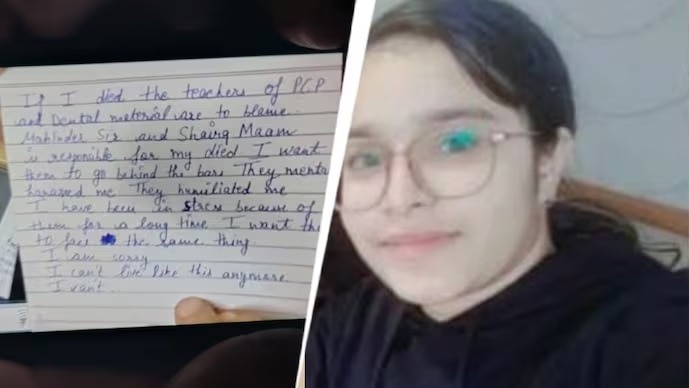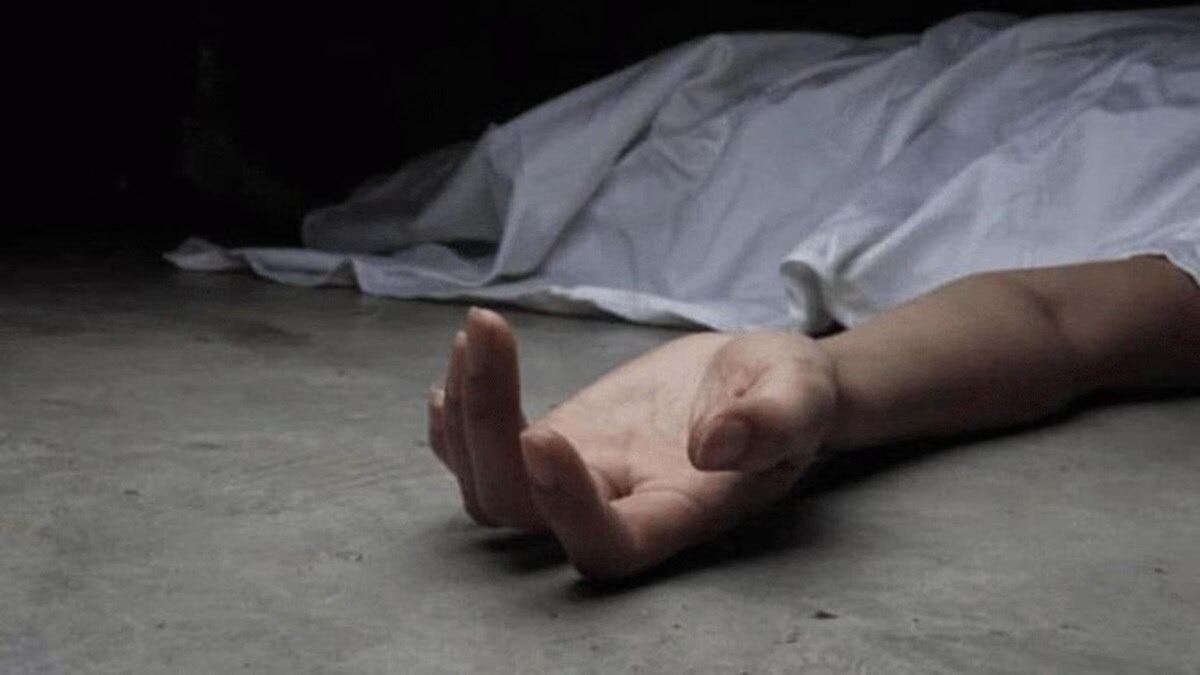ARTICLE AD BOX
Last Updated:July 19, 2025, 10:58 IST
Donald Trump is battling a vein condition called Chronic Venous Insufficiency (CVI), which commonly affects people over 70. Though not life-threatening, it can be quite painful

Chronic Venous Insufficiency is a condition where the veins in the legs struggle to send blood back to the heart. (News18 Hindi)
US President Donald Trump has been diagnosed with a condition known as Chronic Venous Insufficiency (CVI). The disease was detected during a routine medical check-up. According to a statement issued by the White House, the 79-year-old was examined after experiencing swelling and injury in his legs. Doctors later confirmed the presence of CVI. Following the announcement, many have been curious to know more about this condition and its effects on the body.
What is CVI?
As per the Cleveland Clinic, Chronic Venous Insufficiency is a condition where the veins in the legs struggle to send blood back to the heart. Normally, the veins contain small valves that keep blood flowing in the right direction. When these valves become weak or damaged, blood can flow backwards and pool in the legs. This leads to increased pressure in the veins, resulting in swelling, pain, and even ulcers. While not life-threatening, CVI can be extremely uncomfortable and may worsen if left untreated.
How Did Donald Trump Develop This Condition?
The White House has suggested that Trump’s condition may have developed due to regular handshaking and his prolonged use of aspirin. He reportedly takes aspirin to reduce the risk of heart disease. CVI is commonly seen in older adults and is considered a slow-developing condition linked to ageing and certain lifestyle habits. People over the age of 70 are at a higher risk.
Symptoms and Causes of CVI
Early signs of CVI include swelling in the legs or ankles, a feeling of heaviness or fatigue, itching or tingling on the skin, and the appearance of varicose veins. In some cases, the skin may darken, thicken, or become leathery. Open sores or ulcers can also develop. If not addressed in time, these symptoms can become painful and persistent.
The condition usually develops when vein valves are damaged due to previous blood clots or injuries. Ageing naturally weakens the veins, increasing the risk. Other contributing factors include prolonged sitting or standing, obesity, pregnancy, smoking, low physical activity, and a family history of vein disorders.
Treatment
Although CVI cannot be fully cured, its symptoms can be effectively managed. Lifestyle changes like regular walking, elevating the legs, and maintaining a healthy weight can help reduce discomfort. Compression stockings are commonly used to improve blood flow. In addition, doctors may prescribe antibiotics, blood thinners, or medicated wraps. In more severe cases, treatments such as sclerotherapy (injections to close off veins), endovenous ablation, or even surgery may be required. Treatment varies depending on the patient’s condition and overall health.
view comments- Location :
- First Published:
News world Donald Trump Diagnosed With Chronic Venous Insufficiency: How Serious Is It And What’s the Treatment?
Disclaimer: Comments reflect users’ views, not News18’s. Please keep discussions respectful and constructive. Abusive, defamatory, or illegal comments will be removed. News18 may disable any comment at its discretion. By posting, you agree to our Terms of Use and Privacy Policy.



.png)
.png)
.png)
















 13 hours ago
4
13 hours ago
4









 English (US) ·
English (US) ·